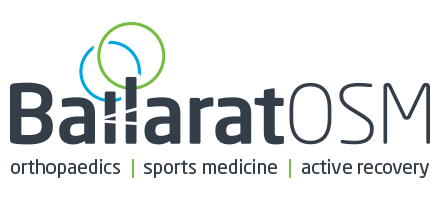State of the art shoulder stabilisation
Bankart? Laterjet? Open? Arthroscopic?
Dislocating shoulders are a distressing, painful problem. Whilst physiotherapy is appropriate for some – the classic acute, traumatic dislocation need surgery. There is over a decade of clear evidence that acute stabilisation for a first dislocation yields a substantially lower redislocation rate than non operative treatment – where the redislocation rate exceeds 80% in males under 27 years go age. Surgical repair within three weeks is optimal. A plain XR & an MRI are commonly performed to confirm the diagnosis and exclude unexpected damage.
Corrective surgery is most commonly performed arthroscopically – under camera control through keyhole incisions. After preparing the surfaces, the damaged tissue is retrieved and sutured back into place. A variety of techniques tying the sutures within the joint, sometimes using “knotless anchors” and sometimes retensioning the middle glenohumeral ligament have been standard in our techniques for a decade. Ballarat Orthopaedics & Sports Medicine – have performed over 100 arthroscopic shoulder stabilisations, the majority down as an outpatient procedure.

This image shows one of a series of stitches repairing the “labrum” back onto the front of the glenoid after being damaged by a shoulder dislocation.
Multidirectional instability – where the shoulder is diffiusely stretched, in the first instance is treated with physiotherapy. It is a common problem in “double jointed” or ligamentously lax people, and in butterfly swimmers. The operation for these is different, but the joint capsule can be tightened at the back and front of the shoulder. This operation again is performed arthroscopically, again many cases have been done by our group, again as an outpatient procedure.
Finally, a discussion about the Laterjet procedure. In Australia, this is usually a salvage procedure for recurrent dislocation where there has been bone loss at the front of the shoulder, causing the “inverted pear” appearance to the glenoid, and additional bone graft & a sling are required to stabilise the shoulder. The re-operation rate seems to be around 15%, most commonly for prominent screws. However, there are occasional nerve injuries reported, and the return to sport rate is not 100%. In France, it is commonly performed, even for a first time dislocation! However, the ISIS score that is used basically requires significant boney damage to be apparent on the plain XR, and the scoring system assume the patient to have had recurrent dislocations.
ISIS SCORE (described for recurrent dislocations)
Age at surgery <20 = 2 points
Competitive (not recreational) sport = 2 points
Contact / forced overhead sport = 1 point
Shoulder hyper laxity = 1 point
Hill Sachs lesion on AP XR in external rotation = 2 points
Glenoid loss of contour on AP radiograph = 2 points
6 or less points out of a possible 10 indicates a 10% risk of further surgery with Bankart Repair
If score >6 points -> Laterjet procedure should be considered.
A study by Spiegl et al for first time dislocations with a boney Bankart lesion had 85% good & excellent results with open surgery. Without a bone lesion, arthroscopic stabilisation is equivalent. There are no peer reviewed journal articles on performing Laterjet procedures for first time dislocations, and although we keep the idea in mind, we mainly use it for recurrent dislocations.
References:
Spiegl UJ, Ryf C, Hepp P, Rillmann P. Evaluation of a treatment algorithm for acute traumatic osseous Bankart lesions resulting from first time dislocation of the shoulder with a two year follow-up. BMC Musculoskelet Disord. 2013;14:305.

